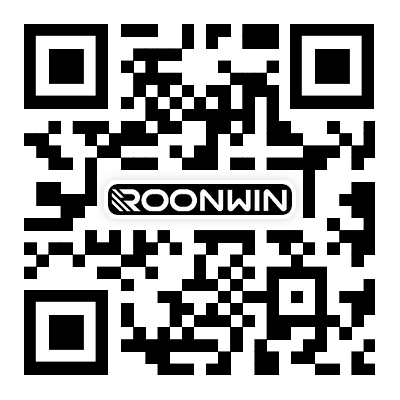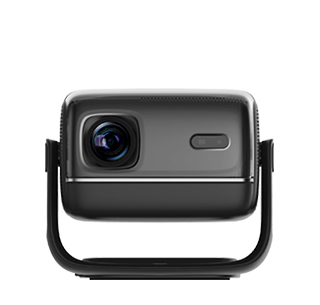
1. Customized Lumen Core Logic and Matching Principles
Lumen Customization Core Goal
Breaking the limitations of "fixed lumens," we precisely match ANSI lumen
values based on the three core factors of the usage scenario: ambient
brightness, projection distance, and screen size. This ensures "clear,
non-whiteout in bright environments, and soft, non-glare in dark environments."
While also balancing power consumption and cost (high lumens require enhanced
heat dissipation, while low lumens simplify hardware), the product is suitable
for diverse scenarios, including home, education, business, and outdoor use.
Core Principles of Scene-Lumen Matching
Ambient Brightness Correlation: Dark environments (home bedrooms, theaters)
require 1000-2500 ANSI lumens (to avoid light fatigue); medium-brightness
environments (offices, classrooms with curtains drawn during the day) require
3000-4500 ANSI lumens (to combat ambient light interference); bright-light
environments (outdoors, classrooms without curtains) require 5000-8000 ANSI
lumens (to ensure image visibility);
Projection Size Correlation: A 100-inch screen (at a distance of 3 meters)
requires a base of 2000 ANSI lumens. For every additional 50 inches (or 1.5
meters in distance), the lumens should increase by 1000-1500 ANSI lumens (to
avoid image blur);
Function Priority Correlation: Focusing on image quality (such as home
viewing) can reduce lumens but improve color gamut (≥90%). DCI-P3; focuses on
practicality (such as outdoor advertising), prioritizes high lumen brightness,
and appropriately reduces resolution (720P/1080P).
2. Customized Lumen Solutions for Different Scenarios
Home Use: Low Lumens + Optimized Image Quality (1000-2500 ANSI)
Lumen customization based on: Dark bedroom/living room environment (ambient
brightness ≤ 50 lux), 100-120-inch screen (2.5-3 meters away), to avoid eye
irritation (especially when watching movies at night);
Optical and Hardware Customization:
Light Source: Use a low-power LED or laser light source (30-50W) with a
lifespan of ≥ 15,000 hours (reducing replacement frequency), paired with a "soft
light lens" (reducing the perception of direct light);
Imaging: Compatible with 0.33-0.47-inch DMD chips (1080P/4K), enhanced
color correction (color gamut ≥ 92% DCI-P3) to compensate for the lack of depth
in low-lumen image quality;
Software Optimization: Added "Night Mode" (automatically reduces lumens to
800-1200 ANSI, adjusts color temperature to warm light) 3000K), "Picture Frame
Mode" (fixed lumen output to avoid dynamic brightness fluctuations).
Educational scenario: Medium-to-high lumens + enhanced light resistance
(3500-6000 ANSI)
Lumen customization based on: Daytime classroom curtains (ambient
brightness 100-200 lux), 120-150" screen (3-4 meters away), requiring natural
light protection to ensure clear text for students in the back row;
Optical and Hardware Customization:
Light Source: Ultra-high-pressure mercury lamp or medium-power laser light
source (60-80W), supports "brightness compensation technology" (brightness loss
≤ 10% after one year of use, automatically increased via firmware);
Lens: Customized high-transmittance lens (≥95%) with "light resistance
coating" (reducing ambient light reflection), throw ratio 1.0-1.5:1 (suitable
for limited classroom space);
Software Optimization: "Teaching Mode" (fixed 4000-5000 ANSI lumens,
enhanced text sharpness), "Zone Brightness Adjustment" (focuses on the
blackboard area, reducing edge brightness to save power).
Business scenario: Medium lumens + portability (2500-4000 ANSI)
Lumen customization based on: Conference rooms (ambient brightness 50-150
lux), 80-120-inch screens (2-3 meters away), balancing portability and clarity
(frequent movement without strong lighting);
Optical and hardware customization:
Light source: LED (40-60W), dimensions within 300mm × 250mm × 120mm (weight
≤ 3kg), heat dissipation using dual fans + ultra-thin vapor chamber (to avoid
excessive thickness);
Interfaces: HDMI 2.0 (supports 1080P 60Hz), omitting high-power interfaces
(such as USB 3.0); standby power consumption ≤ 0.5W;
Software optimization: "Conference Mode" (3000 ANSI lumens, automatic
keystone correction ±40°), "Quick Start" (10 Reach rated lumens within seconds,
reducing waiting time.
Outdoor Scenes: High Lumens + Enhanced Durability (5000-8000 ANSI)
Lumen customization based on: Outdoor daytime (ambient brightness 500-1000
lux), 150-200-inch screens (4-5 meters away), requiring strong light penetration
to ensure multiple viewers;
Optical and Hardware Customization:
Light Source: High-power laser light source (100-150W), supporting "dual
light source redundancy" (automatic switchover in the event of a single light
source failure to avoid interruption);
Structure: IP54-rated dust and water resistance (resistant to outdoor dust
and light rain), aluminum alloy housing (enhanced heat dissipation), core
component heat dissipation area ≥ 200cm² (temperature controlled within
65°C);
Software Optimization: "Outdoor Mode" (full lumen output, enhanced contrast
ratio to 5000:1), "High Light Sensing" (automatically adjusts lumens based on
ambient light, up to 8000 ANSI).
III. Key Technologies for Lumen Customization and Hardware Adaptation
Light Source Selection: Balancing Lumens and Lifespan
For low-lumen applications (1000-2500 ANSI): Prioritize LED light sources
(low cost, fast startup, 30-50W power), suitable for home use/small business,
with a lifespan of 15,000-20,000 hours.
For medium-to-high-lumen applications (3500-6000 ANSI): Laser light sources
(stable brightness, slow decay, 60-80W power), suitable for
education/medium-sized conferences, with a lifespan of 20,000-30,000 hours.
For ultra-high-lumen applications (5000-8000 ANSI): Hybrid laser and
mercury lamp light sources (100-150W power), suitable for outdoor use/large
venues, with a lifespan of 10,000-15,000 hours (mercury lamps require regular
replacement).
Optical System: Ensures effective lumen output
Lens Customization: Low-lumen models use a "soft lens" (diffuses light,
enhancing image softness); high-lumen models use a "high-transmittance coated
lens" (reduces light loss, achieving a transmittance of ≥95%).
Optical Path Optimization: Mid- and high-lumen models add a "reflector"
(focuses light and reduces scattering), and the optical path length is
controlled within 5-8cm (to prevent light attenuation).
Color Compensation: High lumens can easily lead to a reduced color gamut,
requiring the addition of a "color wheel calibration" to the optical module
(e.g., a 6-segment color wheel to increase the color gamut to 85% DCI-P3).
Cooling and Power Supply: Core Guarantees for High Lumen Output
Cooling Solution Classification:
Low Lumen (1000-2500 ANSI): Single fan + heat sink (heat dissipation area ≥
80cm²), body temperature ≤ 55°C;
Medium-High Lumen (3500-6000 ANSI): Dual fans + vapor chamber (2mm thick,
covering the light source/chip), body temperature ≤ 60°C;
Ultra-High Lumen (5000-8000 ANSI): Triple fans + auxiliary water cooling (a
small water cooling circuit for the light source module), body temperature ≤
65°C;
Power Supply: For every 1000 ANSI increase in lumen output, the power
supply must increase by 15-20W. High-lumen models must support a wide voltage
range of 100-240V (to cope with temporary power supply fluctuations in outdoor
environments) and include overvoltage and overcurrent protection.
IV. Customization Process and Quality Control Standards
Customization Process (4-8 Weeks)
Requirements Research: Define the scenario (ambient brightness, screen
size, frequency of use) → Determine lumen range (e.g., 4500 ANSI for a
classroom) → Confirm additional requirements (e.g., light resistance,
portability);
Solution Design: Select light source/optics/heat dissipation modules → Draw
hardware circuit diagrams → Develop software brightness models;
Prototype Testing: Build 1-3 prototypes → Measure lumen stability (8-hour
continuous output, deviation ≤5%) → Perform environmental adaptation testing
(simulate target scene brightness to verify image clarity);
Production Adjustments: Optimize based on testing (e.g., add heat
dissipation holes, adjust firmware brightness parameters) → Small-batch trial
production (50-100 units) → Full-scale production.
Targeted Quality Control Points
Lumen Accuracy Test: Each product is tested at a distance of 3 meters using
a professional luminance meter (such as the Konica Minolta CS-200). The
deviation between the actual lumens and the customized value must be ≤±3%.
Stability Test: High-lumen models must operate continuously for 12 hours at
a high temperature of 45°C with lumen decay ≤8% and no freezes or automatic
shutdowns.
Environmental Adaptation Test: Simulates target scene brightness (e.g.,
outdoor bright light at 1000 lux) and tests screen contrast (must be ≥3000:1)
and text clarity (12-point font legibility).
Certification Compliance
Basic certifications: 3C, CE, FCC (electrical safety, EMC). High-lumen
models must also pass "thermal safety certification" (such as IEC 60950-1 to
prevent high-temperature burns).
Energy Efficiency Certification: Low-lumen models must meet China Energy
Efficiency Class 1 (standby power consumption ≤ 0.5W), while high-lumen models
must meet Energy Efficiency Class 2 (operating power consumption ≤ 150W/5000
ANSI).
V. Implementation Recommendations and Cost Control
Cost Balance Strategy
Low-lumen customization (1000-2500 ANSI): Simplify hardware (e.g., single
fan, 4-layer PCB), reduce BOM costs by 15%-20% compared to standard models, and
price range from 1500-3000 RMB.
Medium-to-high-lumen customization (3500-6000 ANSI): Optimize light source
selection (e.g., replace imported laser modules with domestic laser modules),
increase BOM costs by 10%-15%, and price range from 3000-6000 RMB.
Ultra-high-lumen customization (5000-8000 ANSI): Use "imported core
components + domestic auxiliary components" (e.g., imported laser light source +
domestic heat dissipation module), increase BOM costs by 30%-40%, and price
range from 6000-12000 RMB.
After-Sales and Maintenance
Low-lumen models: Offer a 2-year full-body warranty + a 3-year light source
warranty (long LED life and low maintenance costs).
High-lumen models: Additional "brightness calibration service" is provided
(free on-site calibration every year to ensure lumen stability). Discounted
replacement prices are offered for light source components (such as mercury
lamps).
Extended Scene Adaptation
For mixed scene requirements, such as "home use + occasional outdoor use,"
customizable "dual-mode lumen" (1800 ANSI in dark environments, switching to
5000 ANSI outdoors) can be triggered via a hardware switch or software
command.
For special scenarios, such as medical imaging projection (which requires
precise brightness), lumen customization must have a tolerance of ≤±2% and must
be certified for medical devices (e.g., FDA Class I).
Read recommendations:
HI Gift Customization - HI Series Projector
4K Function of Projector Screens
Comparison between Projectors and VR Headsets
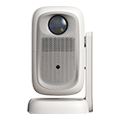
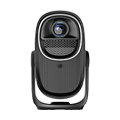
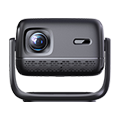
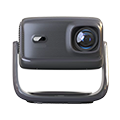
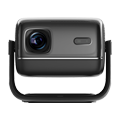
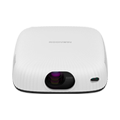
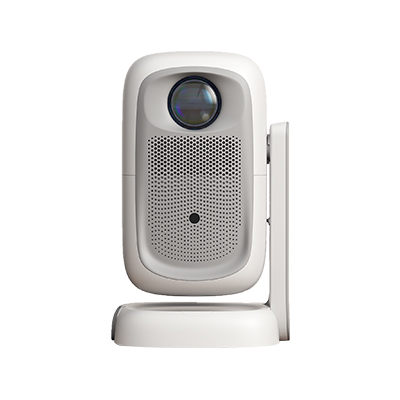
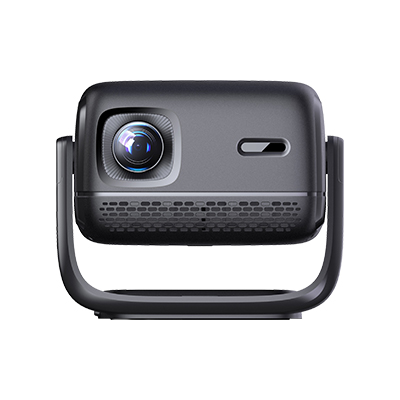
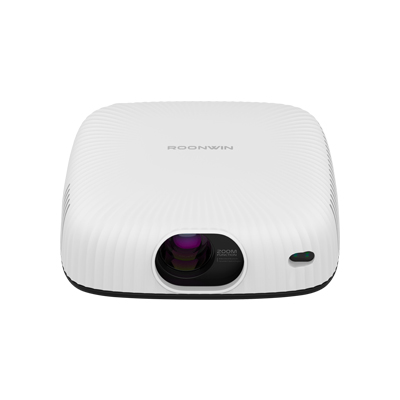



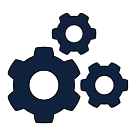





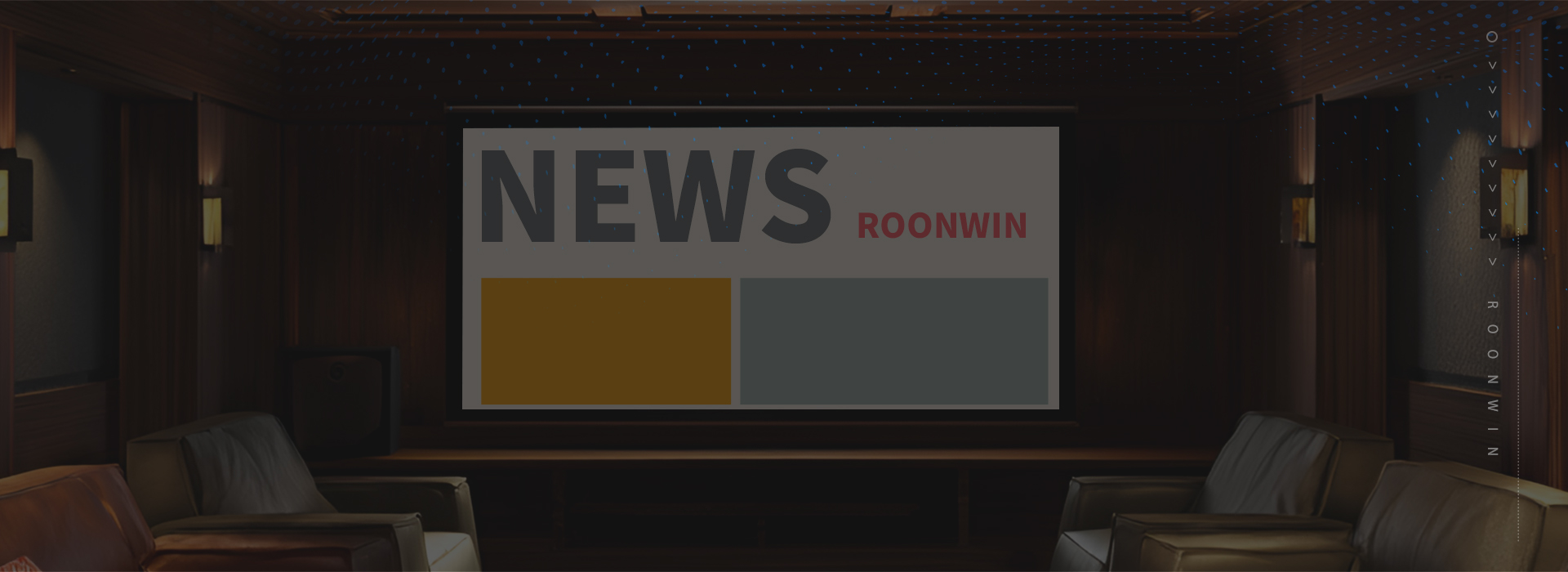
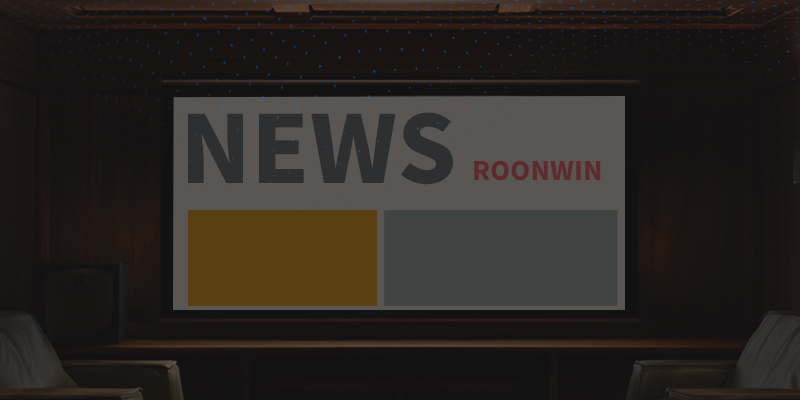
 Reviewed:
Reviewed:










